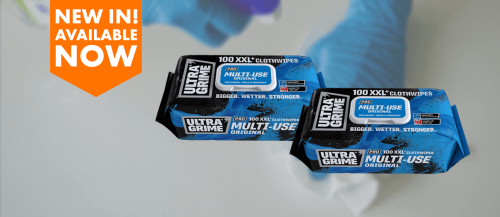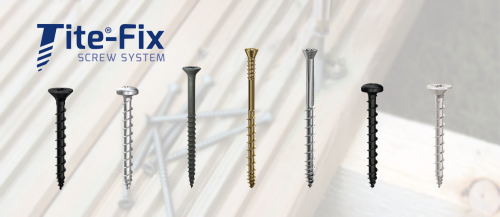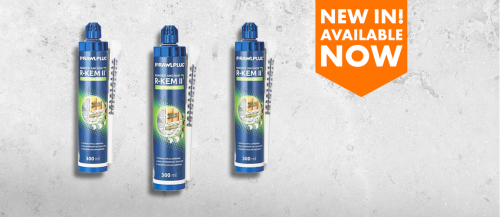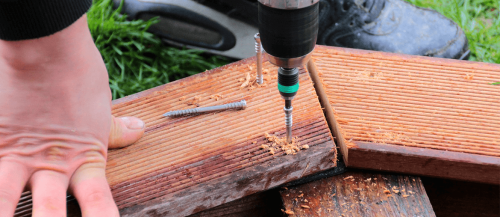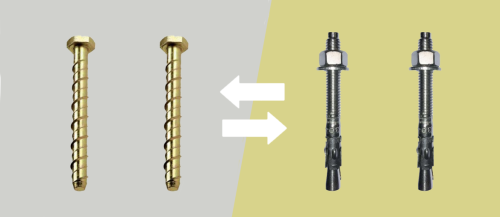This site uses cookies to help deliver its services and analyse traffic.
How to Safely and Effectively Use Weed Killer on Your Lawn or Garden
With the UK weather getting warmer, many people will start to make their way outside to enjoy the sun and do a spot of gardening. Whilst some of you will be getting ready to plant new vibrant flowers, there will be many that need to tackle a handful of weeds first.
Whilst weeds may seem harmless, they are incredibly invasive species that can cause damage to the environment and your outdoor space. Not only that, but many types of weeds are unattractive which can lead to your garden looking unkept and unsightly, so it is wise to get rid of them! Although you can remove weeds by hand, it can be a time-consuming task especially if your garden is ridden with them, which is why weedkiller has become a popular solution.
Weedkillers are fantastic at eliminating weeds and can be used across large spaces of land to remove them efficiently. However, due to their formula, it is important to use them safely and effectively to prevent harm to yourself and other plants. In this blog post, we are going to suggest some best practices for using weedkillers covering safety measures, application methods, disposal, and more.
1. Choosing the Right Weedkiller
Weedkillers, also known as herbicides, are available in various forms including liquid, granules, and sprays and whilst they are all created out of chemicals, they are not all equal. Weedkillers work by targeting enzymes and proteins in plants, which disrupts their growth and development. Different weedkillers have different active ingredients, which affects how they work. There are 5 main types of weedkillers:
Contact – contact weedkillers kill the weed as soon as it makes contact, yet do not cause harm to the soil or surrounding plants, which makes this type a very popular choice. They typically contain glyphosate which is a broad-spectrum herbicide that successfully kills weeds. Contact weedkillers work best when applied to weeds during their growing season, so they should be applied when the weeds are actively growing and undergoing photosynthesis.
Systemic – most weedkillers tend to be systemic, which means they kill the plant from tip to root. Systemic weedkillers enter the weeds through their foliage and filter down to the root until the weed is killed.
Residual – residual weedkillers work by poisoning the soil that surrounds the weed. As this type affects the soil, it must be used carefully, as you will not be able to plant any other flowers after the weedkiller has been used. Due to this, residual weedkillers are predominantly used on driveways and patios.
Selective – some weedkillers are cleverly formulated to only target specific species. Selective weedkillers can kill certain weeds without harming other plants that might be nearby.
Non-selective - non-selective weedkillers on the other hand kill everything that it comes into contact with. As a result of this, non-selective types must be used cautiously as they will kill weeds, plants, flowers, and other vegetation.
You will also find that weedkillers are available in concentrated or ‘ready-to-use’ form, so it is important to know which one you want to use before purchasing.
2. Follow the Instructions
All weedkillers will have a set of instructions on the back of the packaging, informing you on how the product should be used, and it is essential to read them carefully. They will likely contain information on the protective clothing you should be wearing, how much product to use, and how to apply it.
3. Preparing to Apply
Before applying your weedkiller, you will want to clear the area of any furniture, toys, or potted flowers, to ensure they are not damaged. You should also acquire protective gear such as gloves, appropriate footwear, and old clothes to safeguard your skin from harsh chemicals.
4. Timing is Everything
As we have previously mentioned, most weedkillers should be applied when the weeds are actively growing and during the daytime when they are undergoing photosynthesis. This means weedkillers are most effective in the spring and summer seasons when there is more sunlight. It's important to avoid applying weedkiller during periods of extreme heat or wind, as this can cause the product to evaporate or drift, potentially harming other plants and people.
5. Using the Right Application Method
Weedkillers can be used in a variety of ways, including in a spray bottle, pump sprayer, or granules. The choice of application method will depend on the size of the area you need to treat and the type of weedkiller you are using. For example, a ready-to-use spray bottle will be ideal for small, isolated weeds, whereas a pump sprayer with a concentrated weedkiller will be more suitable for large areas where surrounding plants do not need to be protected.
6. Safeguarding Children, Pets, and Wildlife
Weedkillers can be very harmful when ingested, so it is important to keep children and animals away from the area being treated. For example, if you are treating a school field or are covering an area near a pond, you must take special precautions to ensure no one is harmed and the environment is protected.
7. Disposing of Unused Weedkiller
Once you have finished with the weedkiller, it is vital to dispose of any unused product safely if you are not planning to use it in the future. Due to the chemicals in the solution, you must not pour weedkiller down the drain or put it in the bin, as it will harm the environment, as well as people and other wildlife. Instead, it is recommended to contact your local waste management facility to find out how to properly discard the remainder. The label on the back of the packaging will also inform you on how to dispose of the leftover product.
Here at BS Fixings, we stock a range of weedkillers that can be used on lawns and patios. By following the tips we have listed above, you should hopefully achieve a weed-free garden in no time! If you have any questions regarding weedkiller or the other products we stock, please don’t hesitate to get in touch with us and we will be happy to help.
Latest from BS Fixings
Banish the Grime in a Swipe: New UltraGrime Pro Multi-Use Clothwipes!
At BS Fixings, we understand that when you’re knee-deep in your trade, the last thing you want to worry about is the mess. That’s why we’re excited to introduce a...
Continue readingIntroducing Tite®-Fix at BS Fixings
BS Fixings is proud to introduce yet another brand to our lineup - Tite®-Fix! This brand offers a range of high-quality screws designed for various applications, from tongue & groove...
Continue readingNew In! Rawlplug’s R-KEM2 Polyester Styrene-Free Resin
We're pleased to share something special with you – the Rawlplug R-KEM2 Polyester Styrene-Free Resin 300ml has just landed at BS Fixings! This ingenious resin is designed for use in...
Continue readingWhich Types of Screw are Best for Outdoor Use?
At BS Fixings, we understand the challenges posed by the great outdoors, especially when it comes to decking, fencing, installing outdoor ironmongery or even assembling garden furniture. That’s why we...
Continue readingHow Do I Choose the Right Size Drill Bit for a Wall Plug?
In this blog, we’re going to tackle another common question we hear in our community – how do I choose the right size drill bit for a wall plug? Choosing...
Continue readingWhat’s the Difference Between an Anchor Bolt and a Through Bolt?
When it comes to securing anything from the lightest of fixtures to the heftiest of machinery, the importance of choosing the right bolt cannot be overlooked. It’s the kind of...
Continue reading
